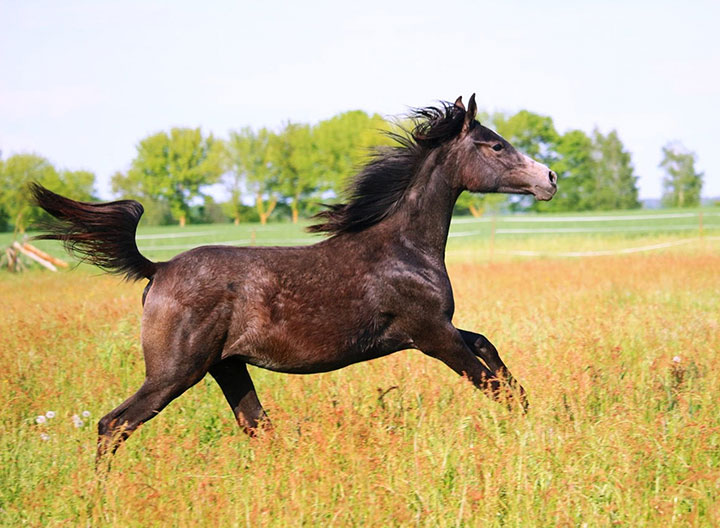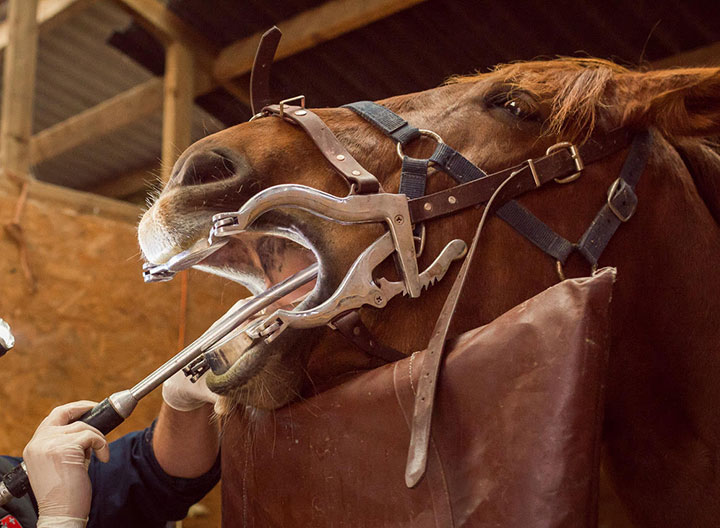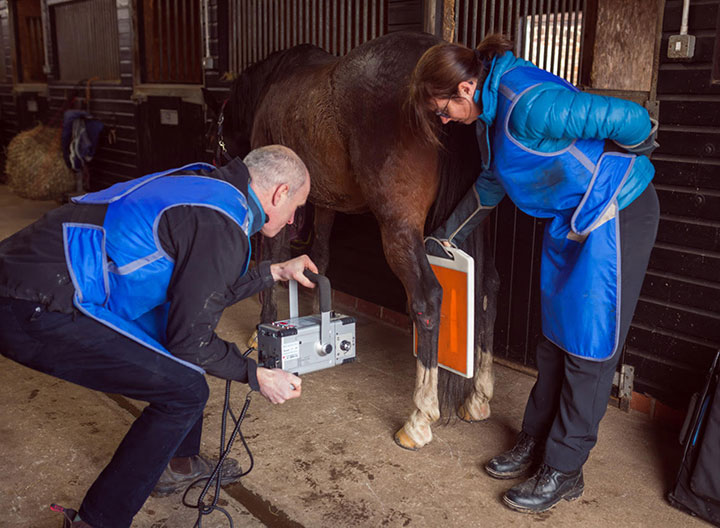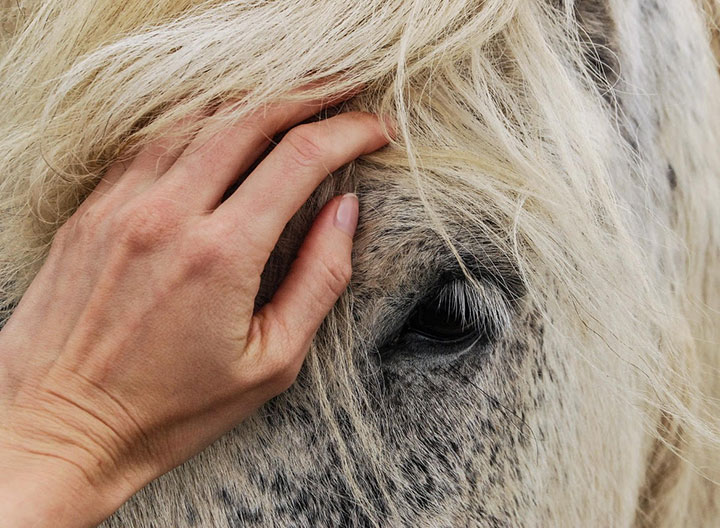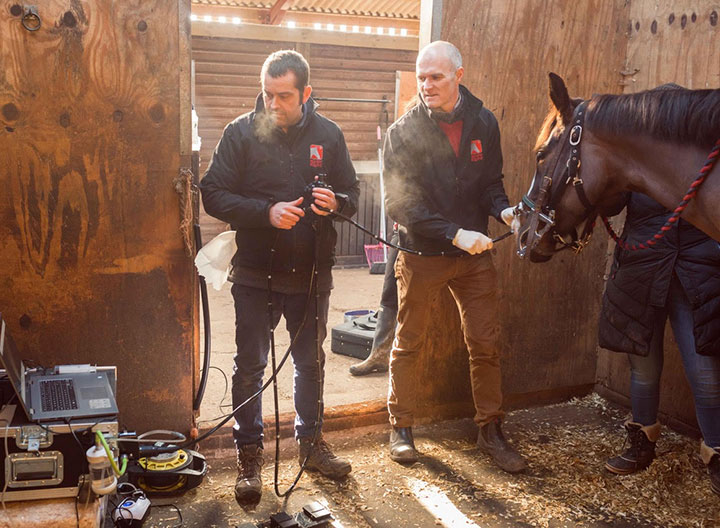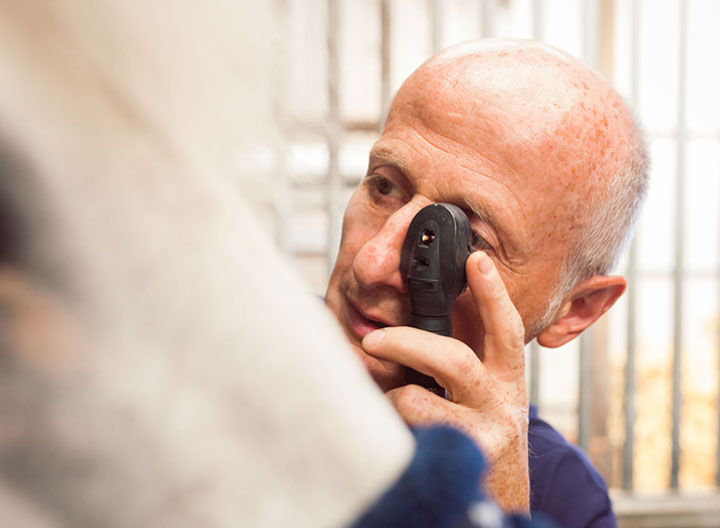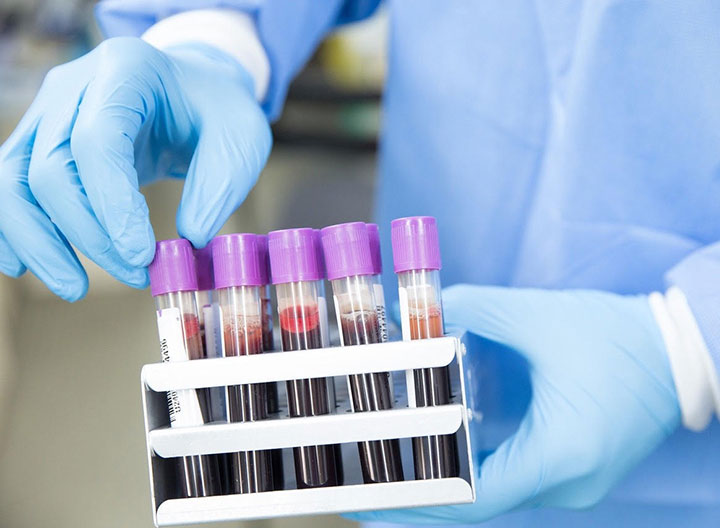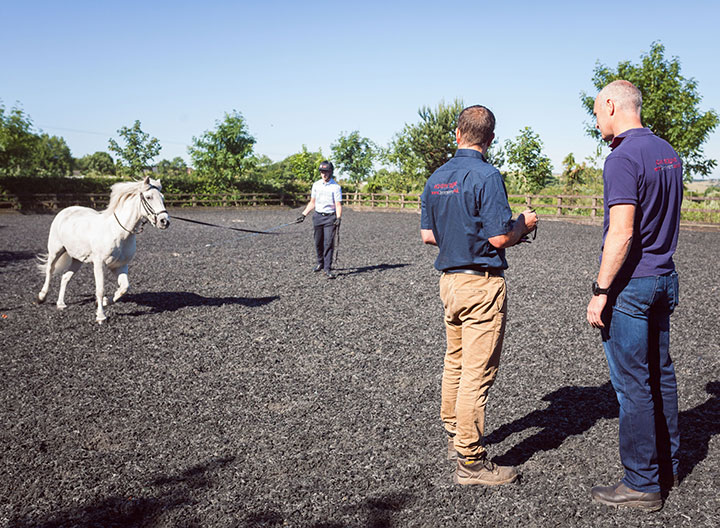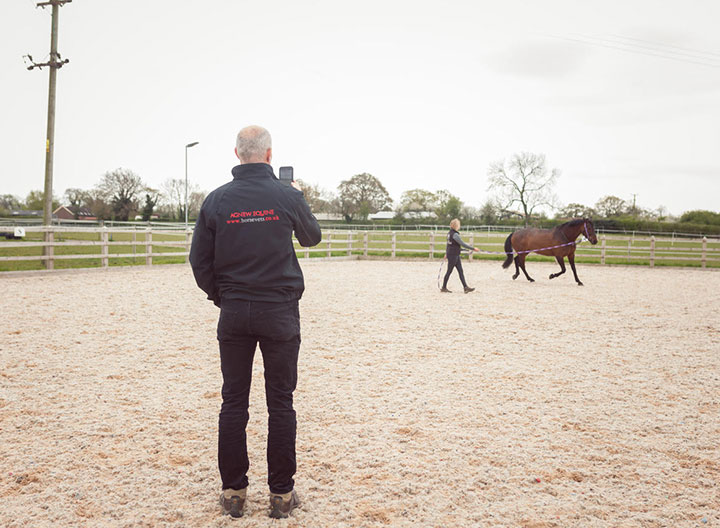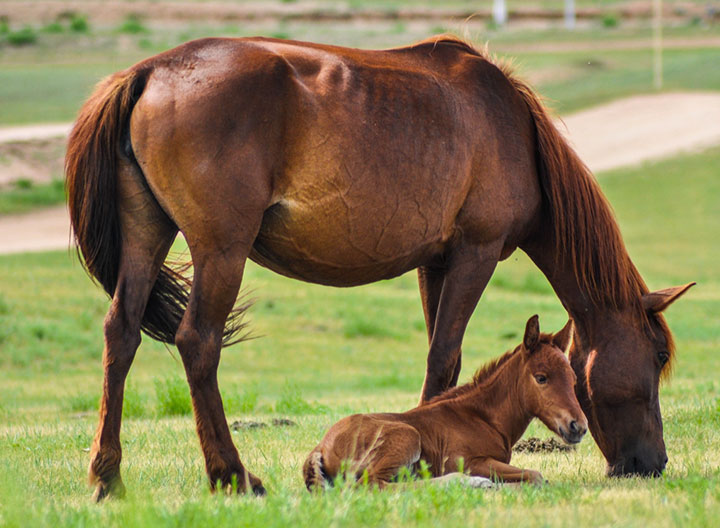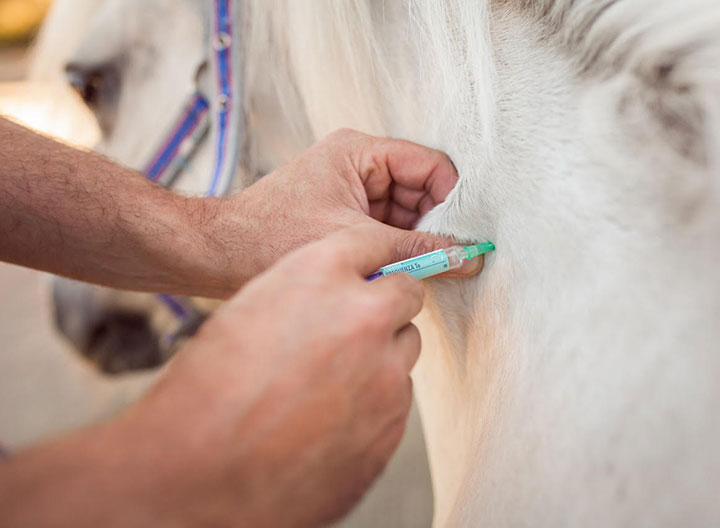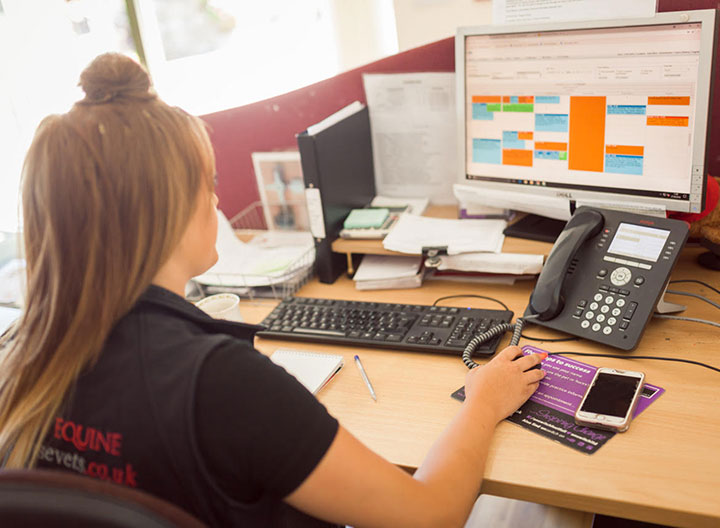Gastroscopy
Equine Gastric Ulcer Syndrome (EGUS) is the most common disease condition affecting the stomach of the horse, and can be the reason behind a number of symptoms in your horse such as poor performance, reduced appetite, weight loss, changes in hair coat, change in behaviour or colic to name a few - although for a number of horses gastric ulcers may cause no noticeable symptoms at all.
Gastroscopy is the procedure of using a camera to look inside your horse’s stomach to see whether they are suffering from gastric ulcers and can often answer lingering questions you may have about your horse’s condition - giving you a place to start in addressing concerns. Gastroscopy continues to be the only reliable method for the diagnosis of gastric ulcers in horses. A complete and thorough examination of the stomach is required to determine whether there is an ulcer, and then to differentiate between squamous and glandular ulceration.
At Agnew Equine, equine gastroscopy is performed using our mobile equipment at your home stables to avoid any additional stress caused by transporting your horse or pony. This means you receive hospital-level diagnostics at your own stable door. During the procedure, the images of your horse or pony’s scope are displayed in real time on our laptop screen. This enables our vets to discuss with you the anatomy and any findings as they go along.
Some horse owners worry about putting their horse through a gastroscopy procedure to diagnose gastric ulcers. The good news is this procedure is straightforward, relatively quick and minimally invasive and horses cope really well with it as a rule. We always perform gastroscopy with 2 vets present using standing sedation, and our gastroscope is 3.5 metres in length which allows our vets to properly visualise your horse or pony’s digestive tract - particularly the stomach - where gastric ulcers occur.
Prior to the procedure, our office will send you a questionnaire to fill out covering your horse’s history, changes to behaviour or temperament, routine and lifestyle. This allows our vet to have an overview of your horse and can aide in assessing the current condition.
For most horses, a fasting period of at least 12 hours prior to endoscopy is recommended, as even small amounts of residual food impact the ability access the pyloric antrum. It may be helpful, but not mandatory, to also remove water 4 hours prior to the procedure.
Gastroscopy allows examination of the stomach and any ulceration can be graded depending on how deep and how widespread the ulceration is, and you will be provided with information on the vet’s findings throughout the procedure and following it - along with recommended treatment and next steps and timescales.

